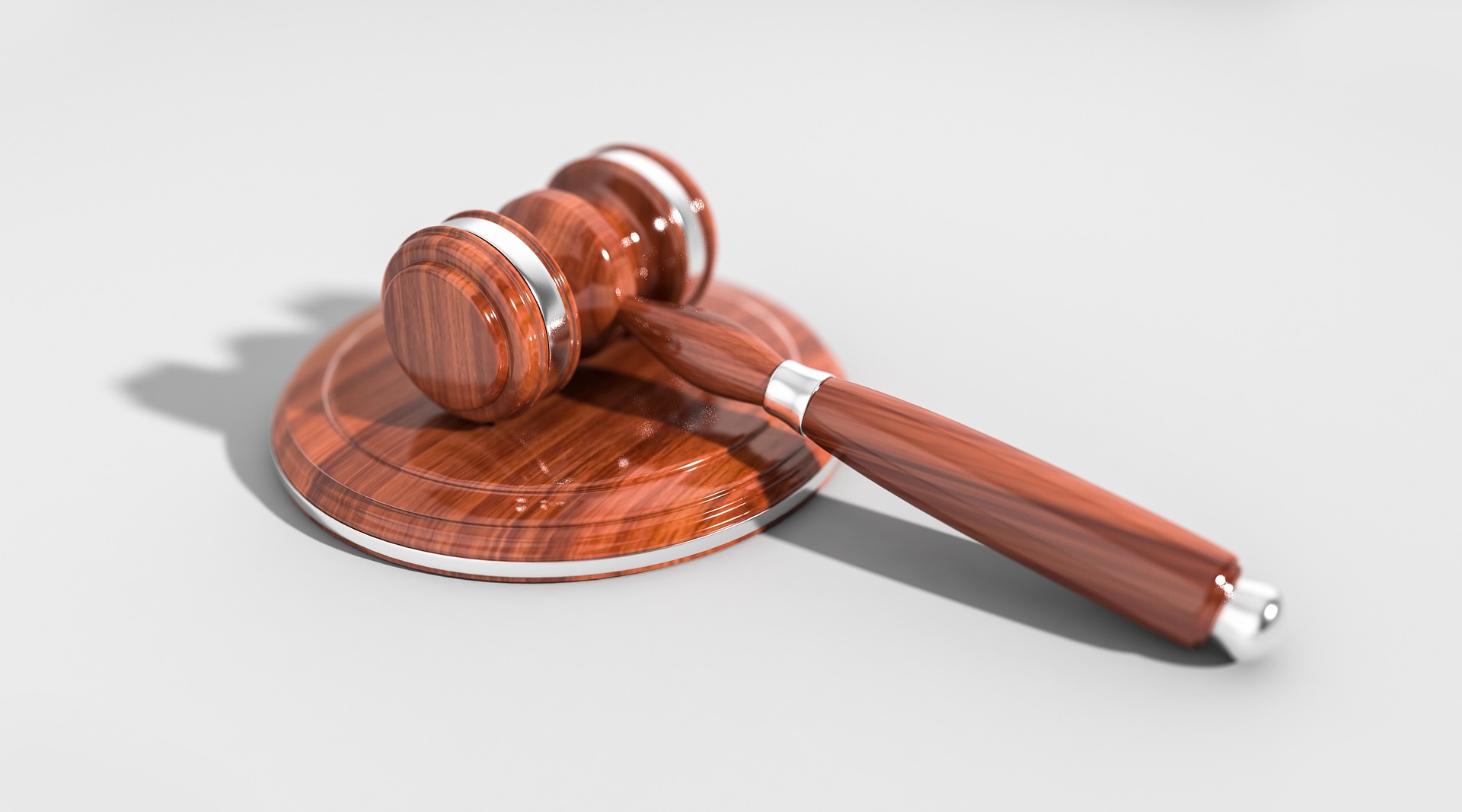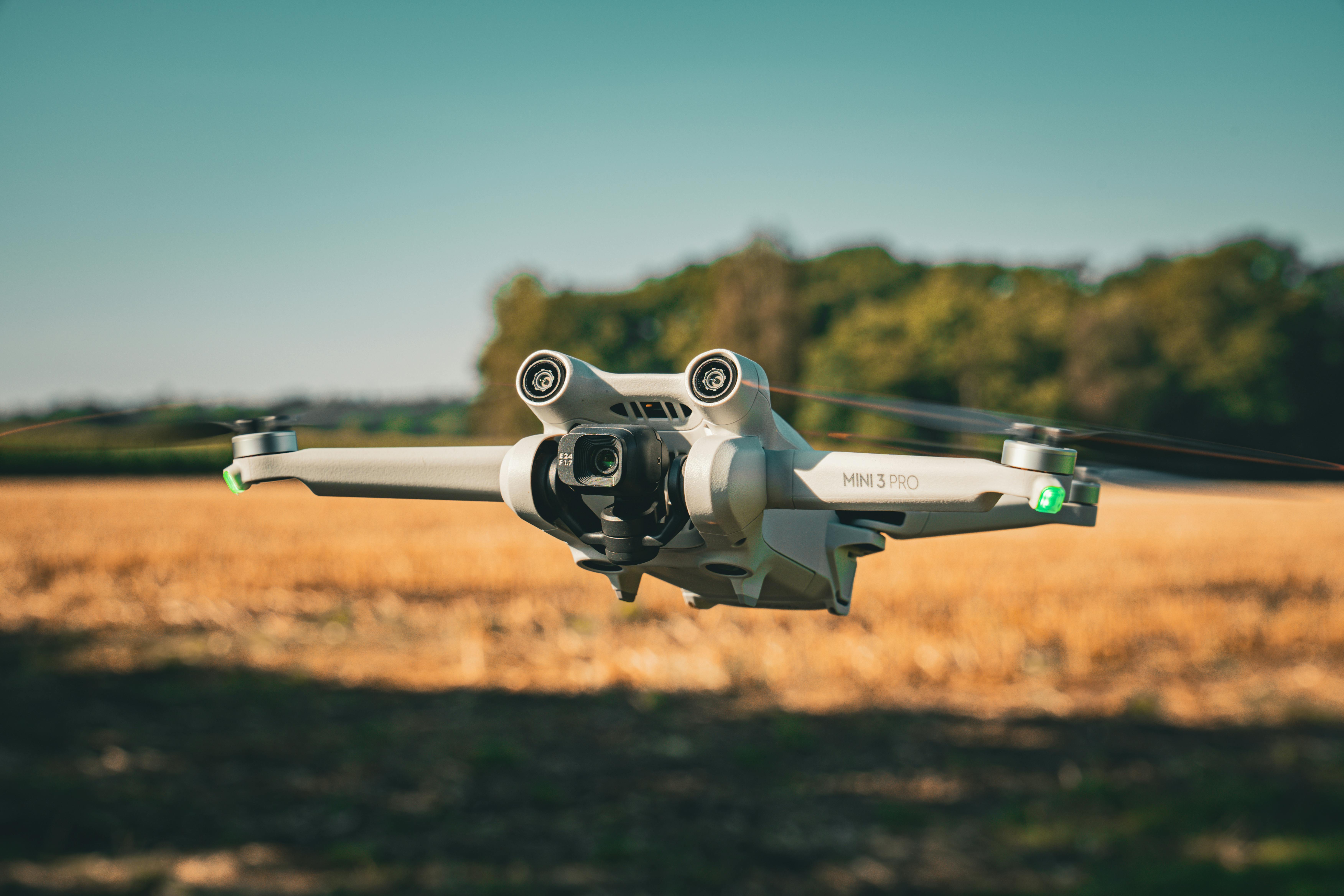The Influence of Technology on Intellectual Property Laws
Introduction: The digital era has brought about significant changes in the world, impacting various sectors, including law. This article explores the influence of technology on intellectual property laws, providing a comprehensive background, recent legal updates, and societal implications of this topic.

Historical Context and Key Legal Developments
Intellectual property (IP) laws have existed since the 18th century, initially as a way to encourage innovation by granting inventors exclusive rights to their creations. However, the introduction of the internet and digital technologies has dramatically changed the landscape of IP. Gone are the days when IP infringement was predominantly about tangible assets. Today, it’s about digital files and internet-based services, which pose unique challenges to existing legal frameworks.
The Digital Age: A Game Changer for IP Laws
The dawn of the digital age brought with it a new form of IP infringement: digital piracy. With the ease of duplicating and distributing digital content, piracy became widespread, prompting legal authorities worldwide to reconsider their existing IP laws. Recent legislation, such as the Digital Millennium Copyright Act (DMCA) in the U.S. and the European Union’s Copyright Directive, aimed to address these digital-age issues.
Legal Updates and Policy Discussions
The DMCA, for instance, criminalizes the production and dissemination of technology, devices, or services intended to circumvent digital rights management (DRM). Similarly, the EU’s Copyright Directive introduced the concept of “link tax” and placed the onus of copyright infringement on online platforms, effectively requiring them to police user-generated content.
Implications and Impact on Society
These legal revisions have far-reaching implications. For content creators and IP rights holders, they provide enhanced protection in the digital realm. However, critics argue they may stifle innovation and free speech. The “link tax,” for instance, could limit access to information, while heavy monitoring of user-generated content could suppress creativity and expression.
Balancing Act: Protecting IP Rights and Fostering Innovation
Striking a balance between protecting IP rights and fostering innovation is a delicate task. Lawmakers need to ensure that IP laws do not become tools for censorship or barriers to technological progress. This will require continuous dialogue and collaboration between legal experts, technologists, and policy-makers.
In conclusion, the influence of technology on IP laws has been profound, prompting legal reforms and stirring societal debates. As technology continues to evolve, so too must our IP laws. This constant evolution is crucial to ensure that these laws remain relevant, effective, and fair in the digital age.




